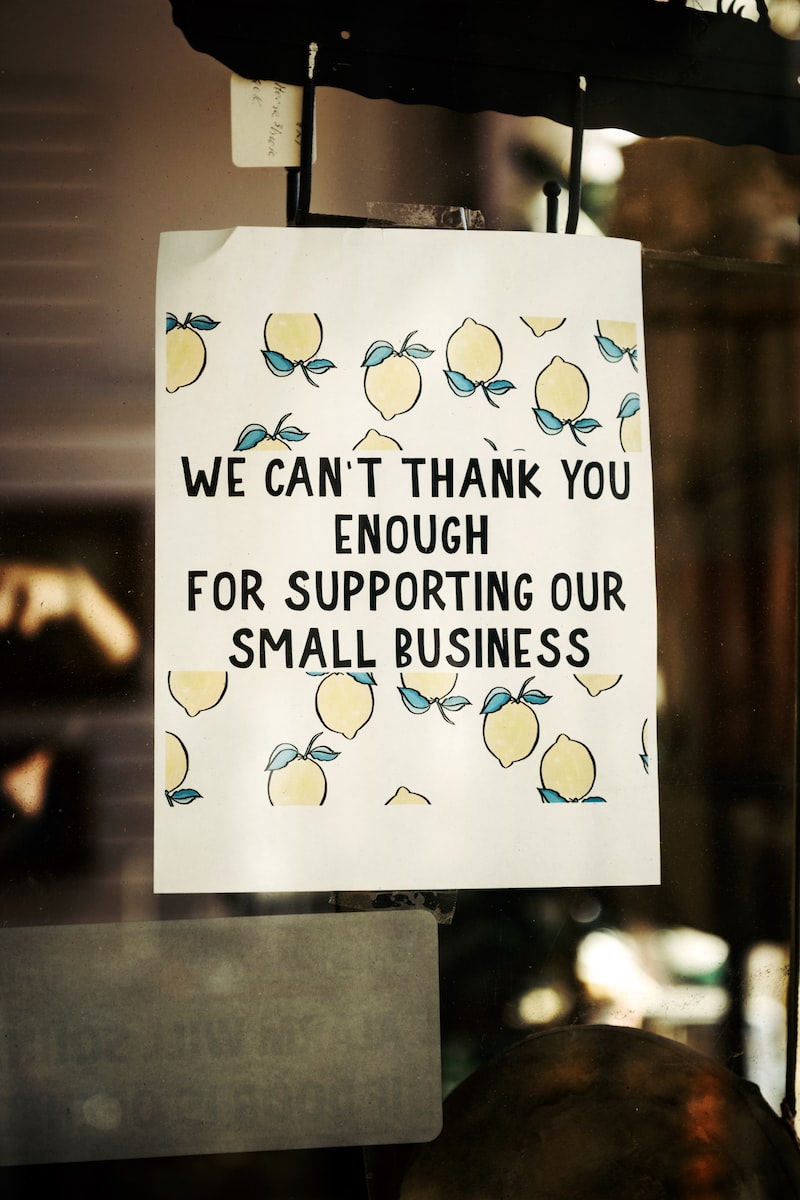If you are a small business owner who is wondering “Do I qualify for small business rate relief?”, you’ve come to the right place!
In this article, we’ll go over what small business rate relief is and how you can qualify for it. We’ll discuss the different criteria you need to meet, as well as what types of rate relief are available. With the right information, you can make sure that your small business is getting the most out of its rate relief. Read on to learn more about this!
What is SBRR?
Small business rate relief (SBRR) is a government scheme that helps to reduce the number of business rates small businesses pay. It is designed to provide much-needed financial assistance to small businesses, as well as to encourage economic growth and job creation. To qualify for SBRR, businesses must meet certain criteria which can be a daunting task for many small business owners. With the possibility of taking advantage of the rate relief scheme, many business owners have questions regarding the application process and the criteria that must be met to receive the relief.
What is the criteria to qualify?
To qualify businesses must meet the following:
- The business must be a non-domestic ratepayer, meaning it must be a business that is based in England, Scotland or Wales and be located in the UK.
- The business must have a rateable value of less than £51,000. The relief is available for up to two years, depending on the rateable value of the business. Businesses with a rateable value of up to £12,000 may also be eligible for 100% rate relief, meaning they pay no business rates at all. The rateable value of the business must be £15,000 or less in England or £18,000 or less in Scotland and Wales.
- The business must occupy only one property or a single self-contained unit. This form of relief is designed to help small businesses by reducing their overall costs and allowing them to invest in their business and focus on growth. By limiting the relief to businesses occupying only one property, the government is aiming to ensure that the relief is targeted at small businesses in need and not at larger businesses with multiple properties.
- The business must not be part of a larger organisation, such as a multi-site company or a business that is part of a retail chain. This is because small businesses are typically those that are independent and have limited resources. By not being part of a larger organisation, these businesses can benefit from the relief, which can help them to save money in the long run.
- The business must not have received any mandatory business rate relief or discretionary rate relief, such as Rural Rate Relief or Charitable Rate Relief, within the last three years. This ensures that businesses that have already received a form of rate relief do not receive an additional discount on their rates.
How do I apply?
The application process for SBRR will vary by the local authority. Generally, you will need to contact your local council and provide evidence of your business status and financial information to prove that you are eligible for the relief. Depending on the local authority, you may be required to fill out a form or provide documents such as bank statements, accounts, proof of address and other associated documentation.
How long does it take the application process?
The application process can take anywhere from a few days to several weeks, depending on the specific program and the requirements for that particular program. For example, the SBA Disaster Loan Program typically takes about 21 days from application to approval.
Conclusion
Qualifying for small business rate relief can be a complex process and requires careful consideration of all the criteria. However, it can be a great way for small businesses to save money and invest in their operations. By following the steps laid out in this article and understanding the criteria, you should be able to determine whether or not you qualify for small business rate relief and take advantage of the savings that it can provide.

